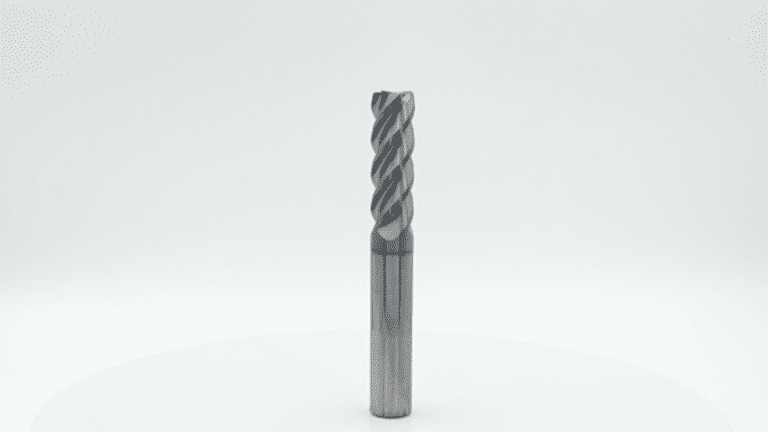End mill tools are cutting instruments utilized in machining processes to create precise shapes and holes in various materials. With their versatile designs and exceptional performance, these tools have become indispensable in industries like manufacturing, aerospace, and engineering. In this article, we will explore the concept of end mill tools, highlight their advantages, application areas, and provide insights on how to use them efficiently.
Understanding End Mill Tools:
An end mill tool comprises a cylindrical shank, numerous cutting edges, and flutes that facilitate chip evacuation during machining. These tools are commonly made from high-speed steel (HSS) or carbide, known for their durability and heat resistance. The cutting edges are strategically positioned to enable efficient material removal and provide a smooth finish.
Advantages of End Mill Tools:
1. Versatility: End mill tools are available in diverse designs, including square end, ball nose, and corner radius, allowing operators to achieve precise shapes and profiles. This versatility enhances the efficiency of machining operations.
2. Precision Machining: The sharp cutting edges of end mill tools ensure accurate and clean cuts, enabling impeccable craftsmanship in various applications. From intricate 3D contouring to simple hole drilling, these tools play a crucial role in achieving desired results.
3. Extended Tool Life: Thanks to the use of high-quality materials like carbide, end mill tools offer increased hardness and durability, reducing the frequency of tool replacements. This advantage significantly lowers operational costs and increases productivity.
Application Areas:
1. Manufacturing: End mill tools are extensively used in manufacturing processes, such as milling, contouring, and slotting. They produce intricate components for industries like automotive, electronics, and consumer goods, ensuring optimal precision and repeatability.
2. Aerospace: The aerospace industry demands high-quality machining solutions to create lightweight components with exceptional accuracy. End mill tools are crucial in manufacturing aircraft engine parts, turbine blades, and other critical components, where precision and reliability are paramount.
3. Engineering: In engineering applications, end mill tools are utilized to create prototypes, molds, and tooling for various industries. Their ability to achieve complex geometries accurately makes them indispensable in industries such as automotive, medical, and defense.
How to Use End Mill Tools Efficiently:
1. Determine the Ideal Tool: Before using an end mill tool, identify the specific requirements of your machining task. Consider factors such as material type, desired finish, and cutting depth to choose the right tool design, geometry, and coating.
For example, when dealing with aluminum, a high helix end mill is an ideal choice due to its ability to prevent chip buildup, whereas a ball nose end mill offers precise contouring in 3D applications.
2. Optimize Cutting Parameters: Adjusting the cutting parameters, such as speed, feed rate, and depth of cut, plays a fundamental role in optimizing the machining process. Ideally, start with conservative parameters and gradually increase them until the desired result is achieved without compromising tool life or surface finish.
3. Lubrication and Cooling: Proper lubrication and coolant supply are essential to dissipate heat generated during machining, extending the tool’s lifespan and improving surface quality. Utilize appropriate lubricants or coolants to maintain stable operating conditions.
4. Regular Maintenance: To ensure efficient and reliable performance, conduct regular maintenance routines for your end mill tools. This includes cleaning, inspecting for wear and damage, and sharpening or replacing when required.
End mill tools revolutionize the machining industry with their versatility, precision, and extended tool life. From manufacturing to aerospace and engineering applications, these tools offer exceptional performance and efficiency. By understanding their advantages and following key guidelines for their optimal usage, you can unlock the full potential of end mill tools, achieving remarkable results in your machining processes. So, embrace the power of end mill tools, and let your imagination shape the future of precision engineering.

